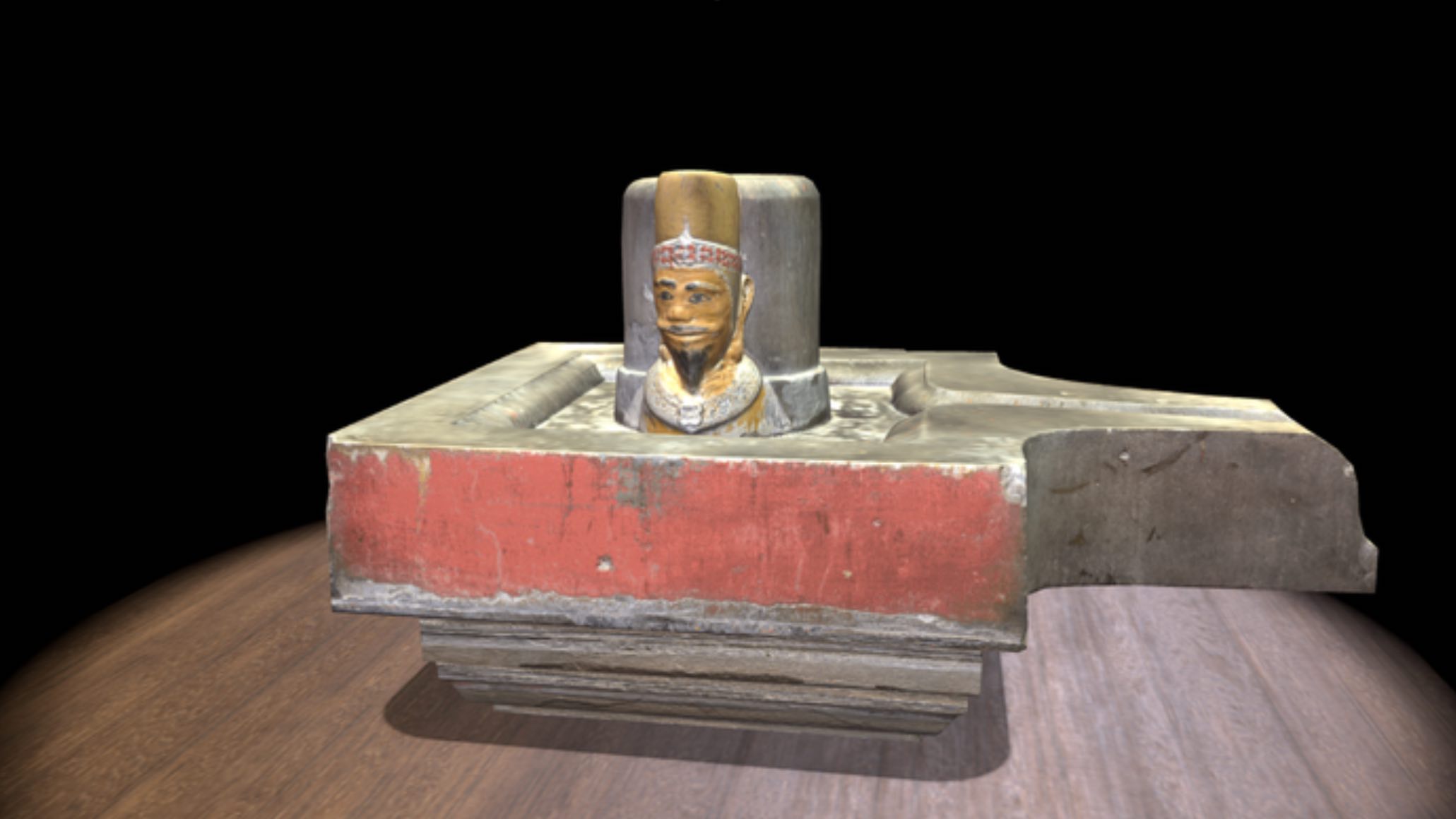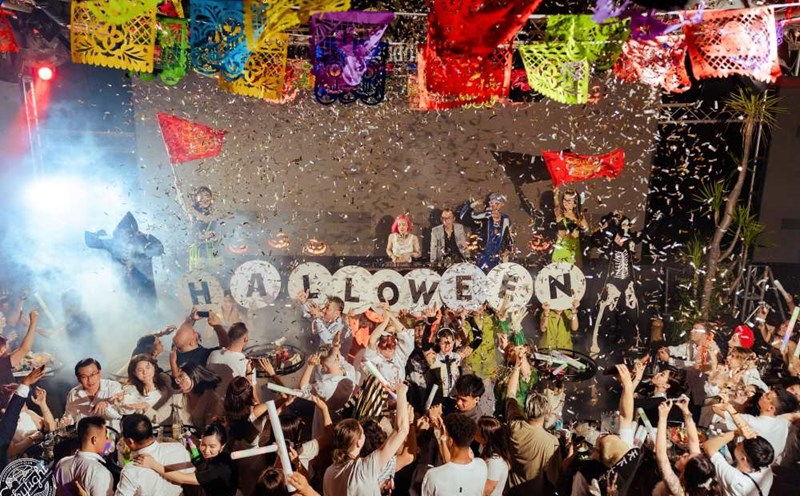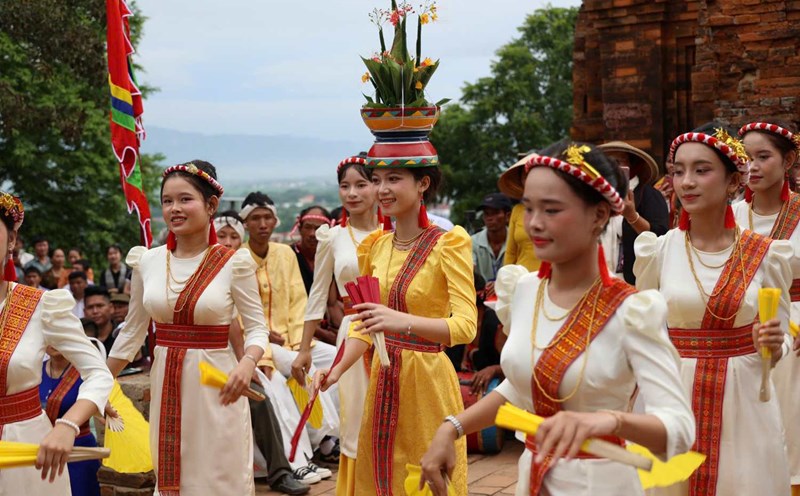The Chairman of Khanh Hoa province assigned the Department of Culture, Sports and Tourism to preside over and coordinate with the People's Committees of localities and related units to review the entire system of relics, scenic spots, and cultural and artistic performance spaces in the province.
On that basis, the province will build and synchronously deploy a system of information boards, introduce bilingual or multilingual, integrate QR codes for visitors to easily access detailed information about history, documents, images, videos, etc.

In the immediate future, installation will be prioritized at key tourist destinations such as April 2 Square, Ponagar Tower, Dien Khanh Ancient Citadel, Provincial Museum, along with performing spaces for Bai Choi, Tuong singing, folk songs...
Along with that, Khanh Hoa province will strengthen propaganda and promotion of cultural heritage, relics, and traditional arts on mass media, digital media platforms, as well as at major events, festivals, and tourism activities of the province.
The province also aims to soon develop and deploy a plan to apply information technology and digital transformation in the work of introducing and explaining heritage, aiming to form a digital cultural tourism map of Khanh Hoa in the coming time.
As part of the digital transformation plan in tourism activities, Mr. Tran Duc Ha - Director of the Khanh Hoa Provincial Cultural Heritage Conservation Center said that in November 2025, the Center has just coordinated with Quang Nam Tourism and Cultural Conservation Services Company to digitize and announce the 3D version of 2 national treasures of the Champa Dynasty.
The two national treasures that have been digitized and built into 3D versions are the statue of King Po Klong Garai and the statue of King Po Romhe.
The statue of King Po Klong Garai dates back to the 16th - 17th centuries and is currently worshiped at Po Klong Garai tower (Do Vinh ward). The statue consists of two parts: Linga (a representation of positivity) and Yoni (a representation of negativity), symbolizing the combination of creativity and destruction of the god Siva in Indian India.
In particular, the front of Linga carved the Mukha symbol (goddess' face), so the Cham people agreed to the statue with King Po Klong Garai - the king with many merits and was honored by the people.
With outstanding historical, artistic and religious values, this artifact was recognized by the Prime Minister as a national treasure in 2023.
Similarly, the reliefs of King Po Rome date back to the 17th century and are currently kept at the relic of Po Rome tower (Phuoc Huu commune).
The work is delicately carved on a stone stele, depicting the image of the king's half- body, carrying the Champa sculpture art style of the late period.
This is a unique artifact, of special value in art and culture, and was recognized as a national treasure in 2020.
In addition to creating a close-up look to the original, 3D versions also have information utilities, measuring the size of the 2 treasures so that visitors have the most intuitive view.






